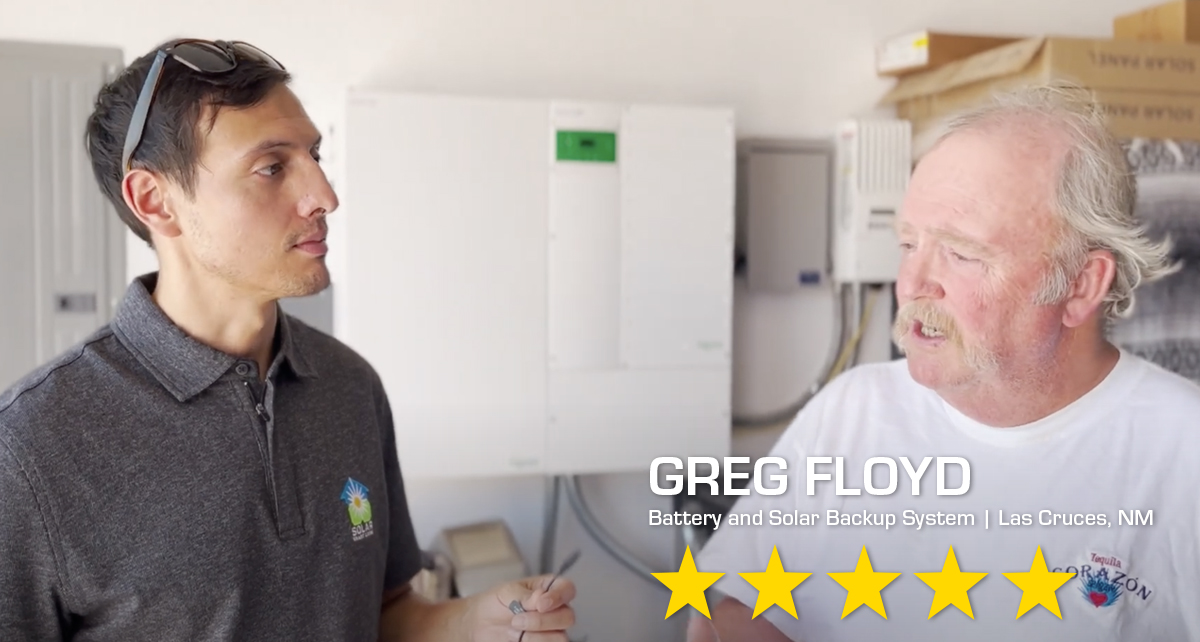

Get Cozy with Seasonal Savings!
Get TWO mini-splits for as low as: $99/month or $49/month when bundled with solar*
Solar Smart Living is a proud Veteran-Owned Small Business (VOSB) and a trusted local leader in full-service solar integration and engineering. With extensive engineering and technical expertise, a trusted regional presence, and years of proven experience, Solar Smart Living delivers innovative solutions for solar integration and energy efficiency projects around El Paso and Las Cruces. Our vision is to empower "sustainable energy independence," while our mission is to provide clients with eco-friendly, sustainable energy solutions tailored to their specific needs.

Serving El Paso & Las Cruces Since 2007



The only Mitsubishi Electric Diamond Elite Contractor in the area.
What does this mean for you?


Dean Hervochon
Solar Client
They were extremely professional in setting up the appointment. Mathew, the technician, showed up exactly on time. He couldn’t have been more capable or concerned with the issues I was having with my solar panels. He bent over backwards to make sure my panels got up and running, which included an hour and a half in the phone with the manufacturer. I’m impressed. If you’ve never dealt with solar panel installers - watch out. So many are going to rip you off and not provide what you need. Use Solar Smart Living - they were A+.

Carol Avery
Solar Client
Solar Smart Living turned out to be a great company. I was a little skeptical because it was hard to contact them at first but when the technician came to service my solar system he was amazing. So professional and knowledgeable. He really knows his stuff. He showed me all about the system and how to tell if it's working properly and some safety info that was very helpful. Mr. Gonzales was amazing and the best repair and service person I've dealt with in years. I would definitely encourage anyone to make this company your go to for all your solar needs. I was impressed.

R De La O
Solar Client
My original solar company went out of business. Contacting Solar Smart Living was so easy. Matthew the technician was very helpful and informed me of what was done. I will definitely be contacting them if I have any issues in the future.